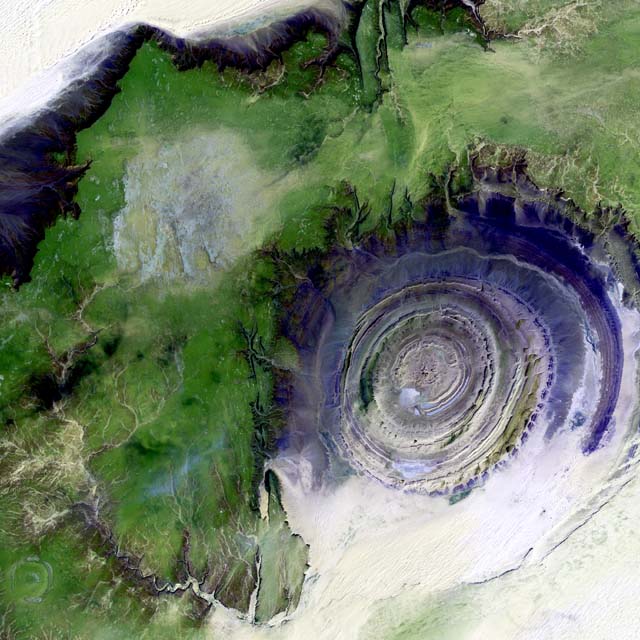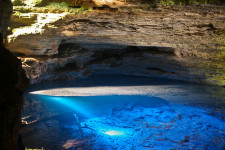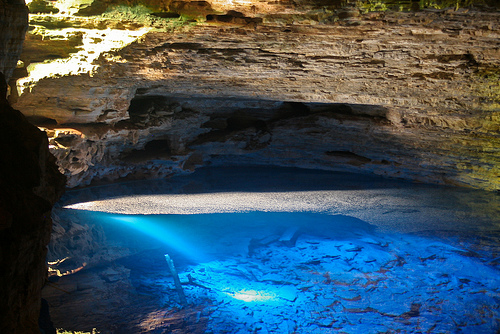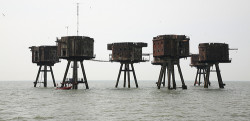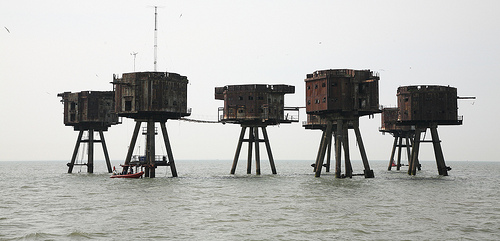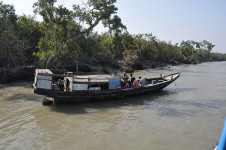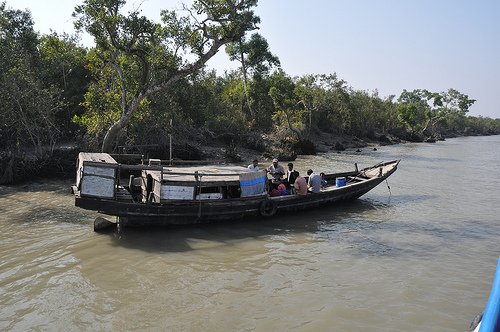
Be ‘stared’ into space by the Richat Structure.
- The Richat Structure is an eroded rock formation spread in a circular format, found in the country of Mauritania in the Western Sahara, in Africa.
- The ‘Richat Structure’ is also known as the ‘Eye of the Sahara’, ‘Eye of Africa’, ‘blue eye of Africa’, ‘Earth’s bulls-eye’ and the ‘Guelb er Richat’.
- The Richat Structure has a diameter of approximately 48 kilometres (30 miles), and is best viewed from the sky or space.
- Both sedimentary rock, like quartzite and sandstone, and igneous rock make up the Richat Structure, while the latter form dykes, sills and rings within the outer rim.
- It was originally thought that the Richat Structure was created by an asteroid impact, due to the circular shape and mistaken evidence.
Space Image of Richat Structure
Image courtesy of Calvin Hamilton
- The Richat Structure is generally blue in colour, although its vividness depends on the angle of the photograph or viewing point.
- The Richat Structure is believed to have been formed by constant erosion of a volcanic dome over thousands of years.
- The Richat Structure can be visited by tourists, and one of the most common activities is four-wheel drive tours.
- Due to its size and features, the Richat Structure has commonly been used as a reference point from space, by astronauts.
- The Richat Structure has the appearance of an eye, hence some of the common names for the formation; and its appearance has lead to numerous parodic works of the feature.
Bibliography:
Richat Structure, 2014, Wikipedia, http://en.wikipedia.org/wiki/Richat_Structure
Richat Structure, n.d, Atlas Obscura, http://www.atlasobscura.com/places/richat-structure
The Richat Structure: The Eye of the Earth, 2007, Dark Roasted Blend, http://www.darkroastedblend.com/2007/09/richat-structure-eye-of-earth_12.html





